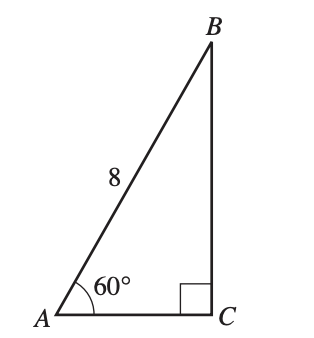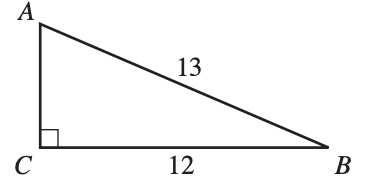How Is Trigonometry Applied in Practical Situations?
Trigonometry is applied practically in tasks such as building construction and flight navigation, where it helps measure heights, distances, and angles accurately. It allows for accurate calculations in designing buildings, plotting travel routes, and crafting detailed maps. Let’s discuss this further.
Measuring Heights and Distances
Trigonometry serves as the go-to tool for measuring heights and distances in various industries. Engineers and surveyors rely on its principles to determine the height of structures like buildings and mountains without the need for physical access.
By leveraging concepts such as angle of elevation and distance, precise measurements can be made, ensuring accuracy in construction and urban planning projects.
Aviation Navigation
In the world of aviation, trigonometry plays a critical role in navigation and flight planning. Pilots use trigonometry to figure out exactly where their plane is in relation to things like landmarks or radio signals from the ground.
This helps them decide if they're on the right course and if they need to change direction to stay on track. So, if they need to adjust their flight path to avoid bad weather or reach their destination more efficiently, trigonometry helps them do it accurately.
Criminology Investigations
Trigonometry aids forensic experts in reconstructing crime scenes and analyzing evidence. Investigators use principles of projectile motion and angle measurement to determine the trajectories of bullets and assess collision dynamics in accidents.
By relying on trigonometric calculations, law enforcement agencies gain valuable insights into the circumstances of incidents, which helps in the investigation process.
Marine Biology Research
In marine biology, trigonometry plays a key role in helping scientists study and protect marine life. They use sonar technology and trigonometric concepts to map the ocean floor and explore underwater ecosystems.
Knowing things like how far light travels underwater is important for understanding where marine life is and how ecosystems work. Trigonometry helps scientists take precise measurements and analyze data accurately for their research.
Navigation Systems
Trigonometry has always been crucial for navigation, from ancient methods using stars to today's GPS technology.
GPS devices use trigonometry to figure out where satellites are and where users are, giving precise location details for cars, boats, and planes. Trigonometry guarantees accurate route planning and navigation, making travel safer and more efficient.
Calculus and Physics
Trigonometry is the backbone of understanding how things move and interact in the world around us. In subjects like calculus and physics, you'll see trigonometric functions pop up in equations that describe all sorts of cool stuff like motion, swinging back and forth, and how waves travel.
Physicists lean on trigonometry when they're studying things like sound and light waves. It helps them figure out what those wave shapes mean, model how light moves through space, and even predict how tiny particles behave in the world of quantum mechanics.
Cartography and Mapping
Trigonometry is crucial for making maps. It helps surveyors measure distances and angles accurately, so maps are reliable. GIS software also uses trigonometry to process and analyze spatial data. This math is vital for tasks like planning cities, managing the environment, and responding to disasters.
Satellite Systems
Trigonometry is essential for the design and operation of satellite communication and navigation systems. Engineers use trigonometric calculations to determine satellite orbits, transmission angles, and signal coverage areas.
Satellite-based positioning systems like GPS rely on trigonometry for accurate triangulation, enabling applications such as navigation, surveying, and precision agriculture.
Overall, trigonometry certainly isn’t kindergarten math. You need to work hard to get a handle on it. But, when you do—you can do so much with it, from designing structures to navigating the world; trigonometry empowers you to tackle real-world challenges with precision.


.png)



